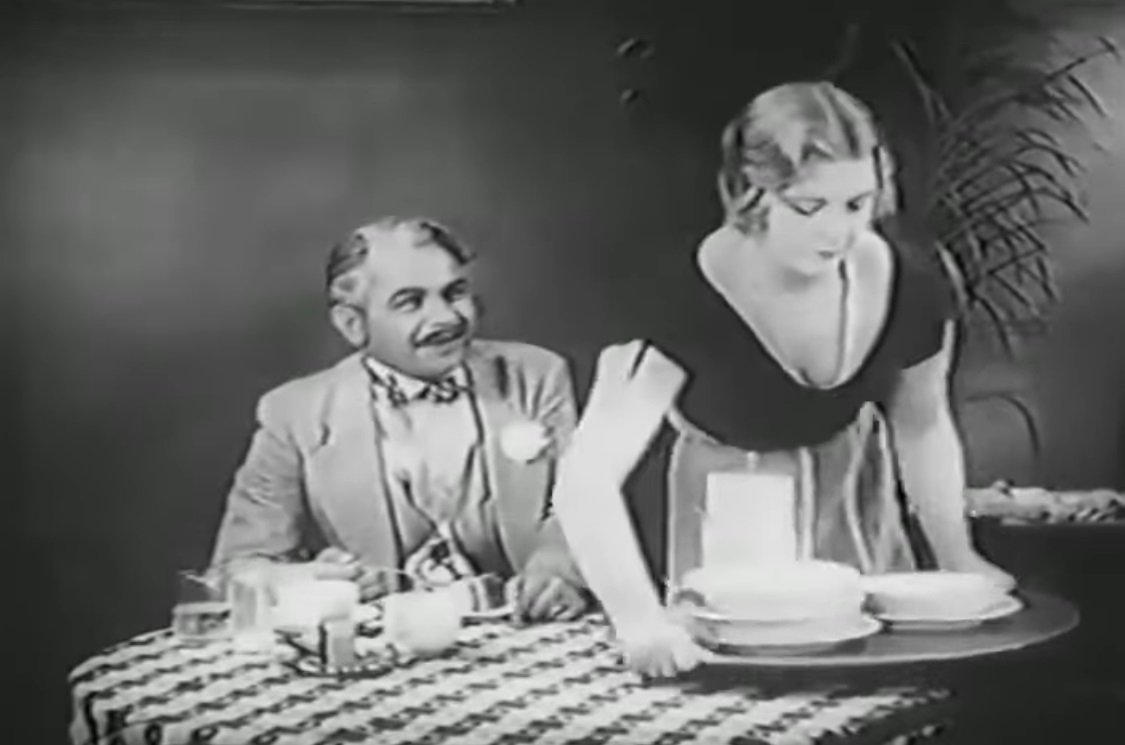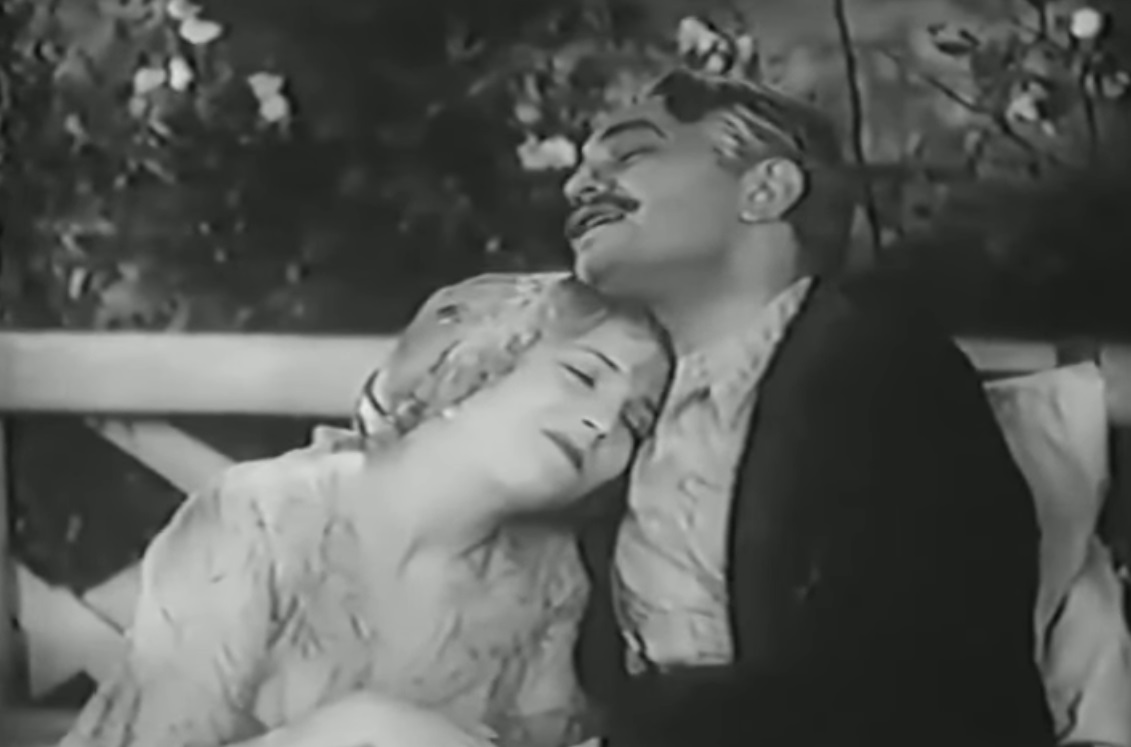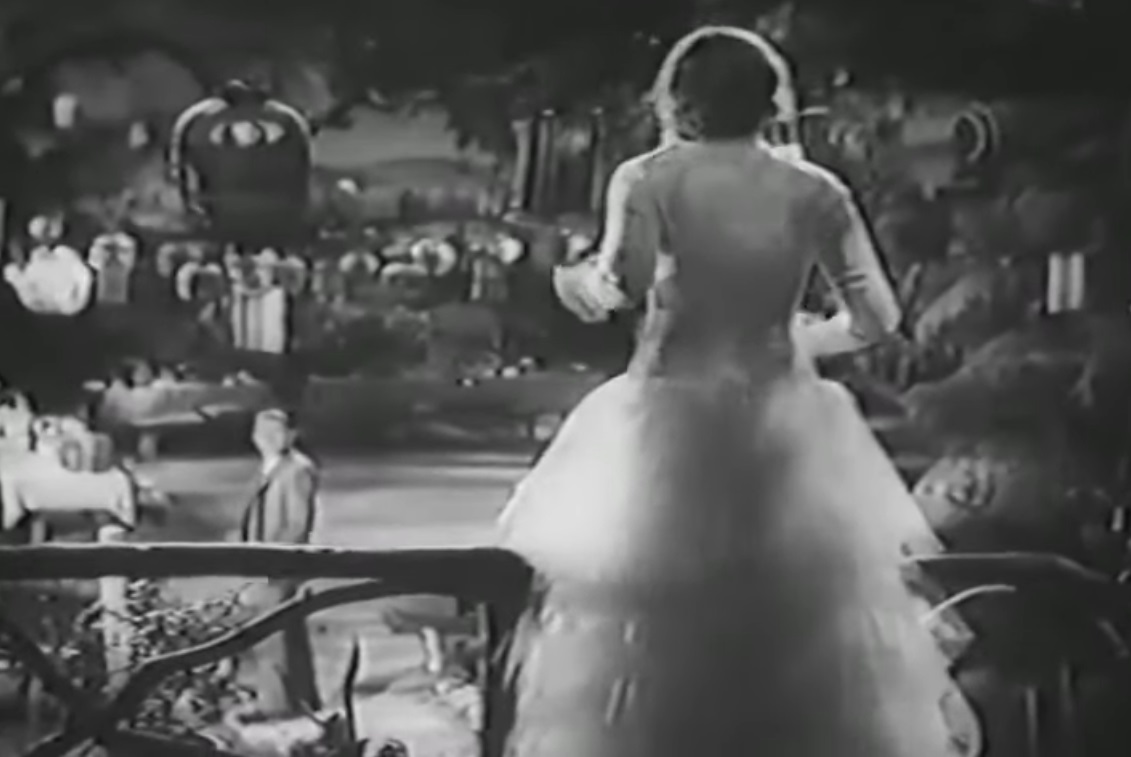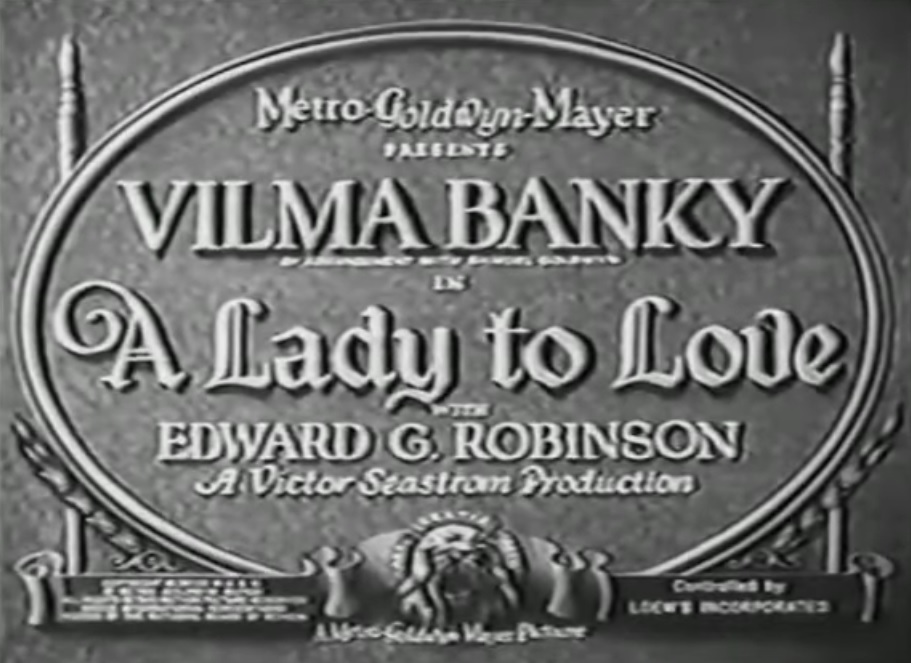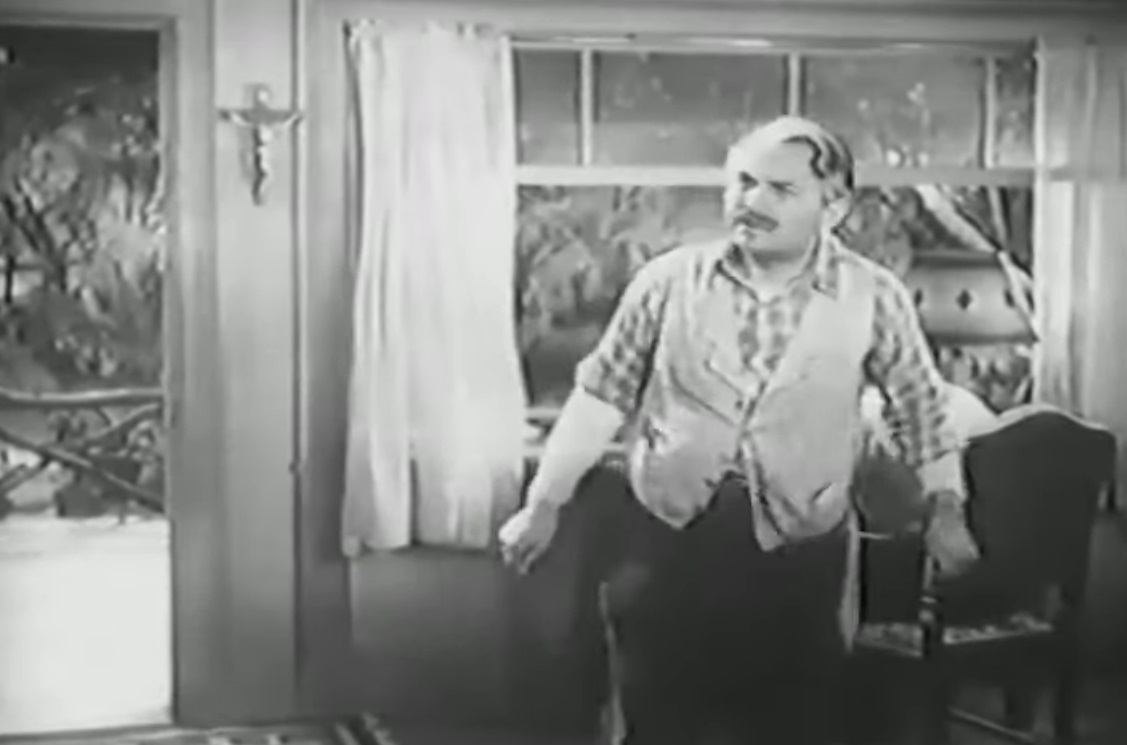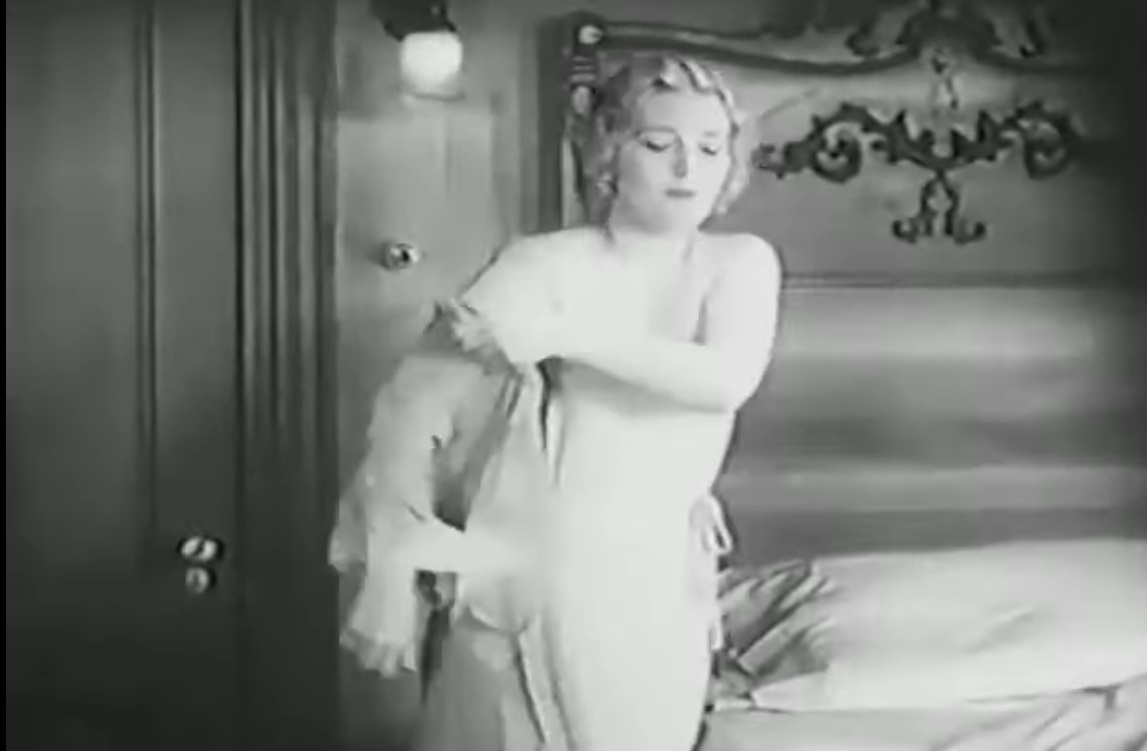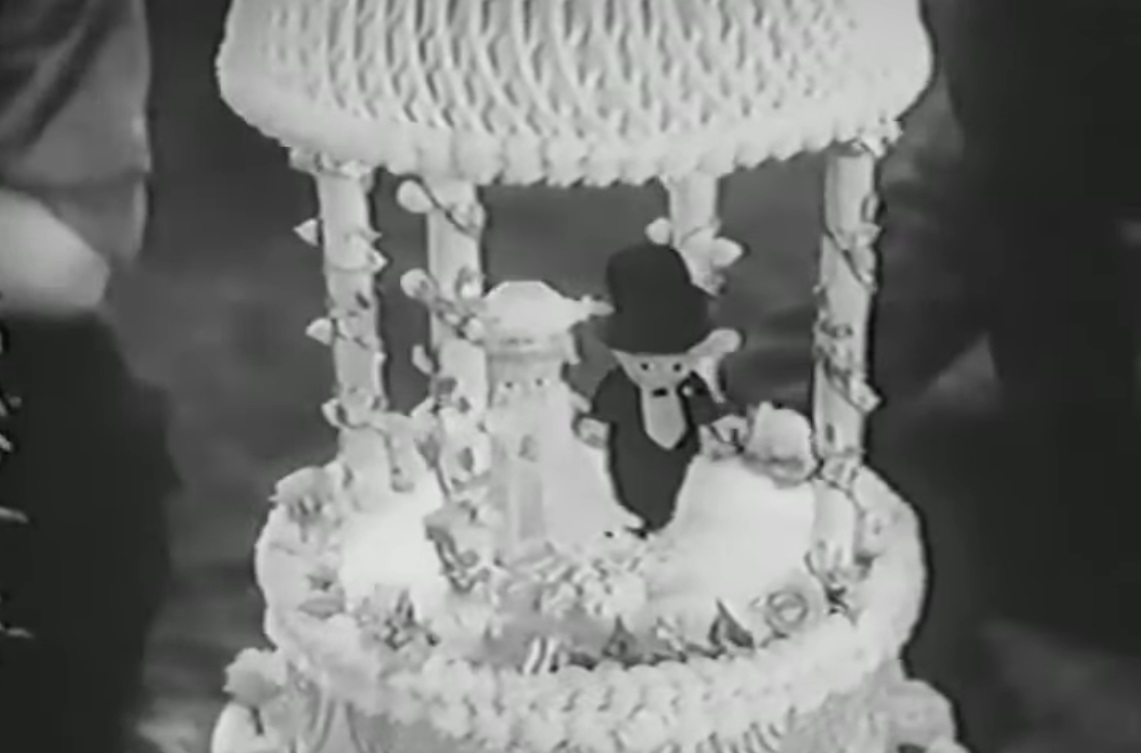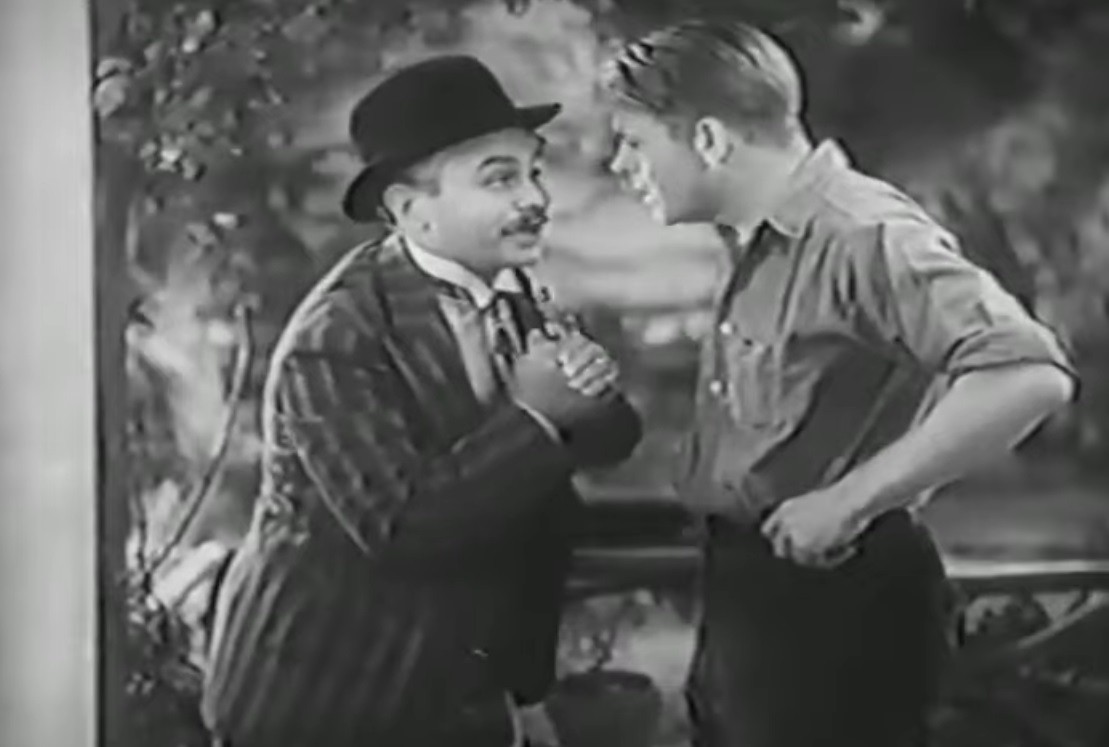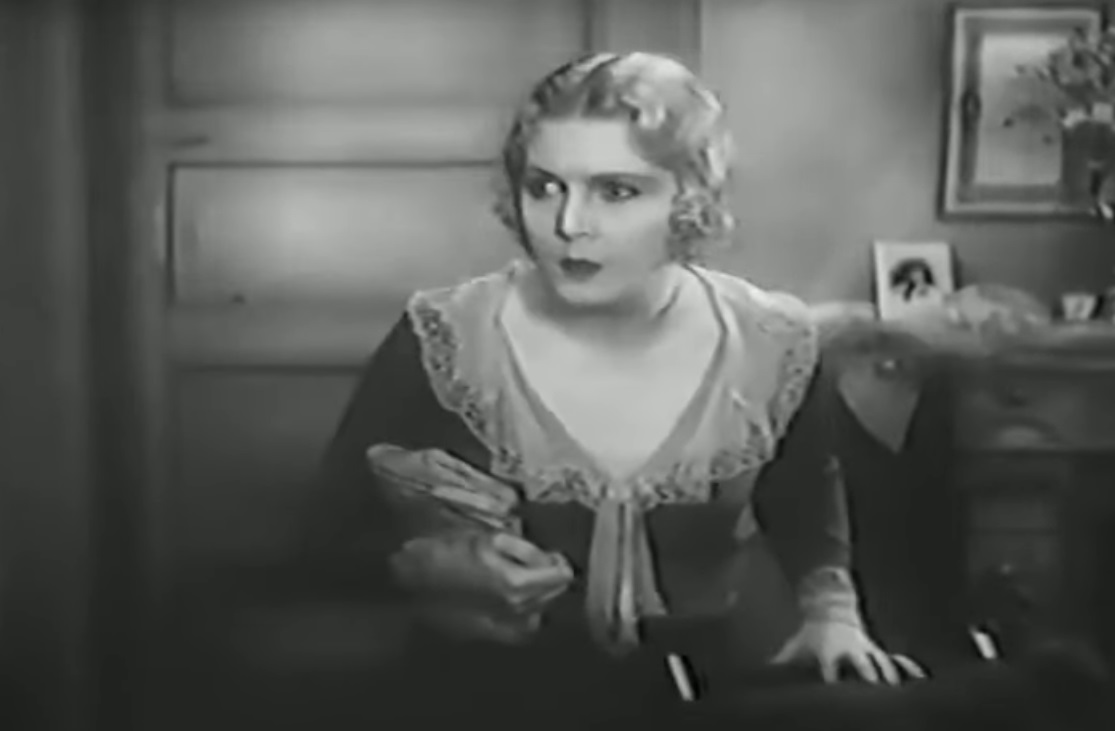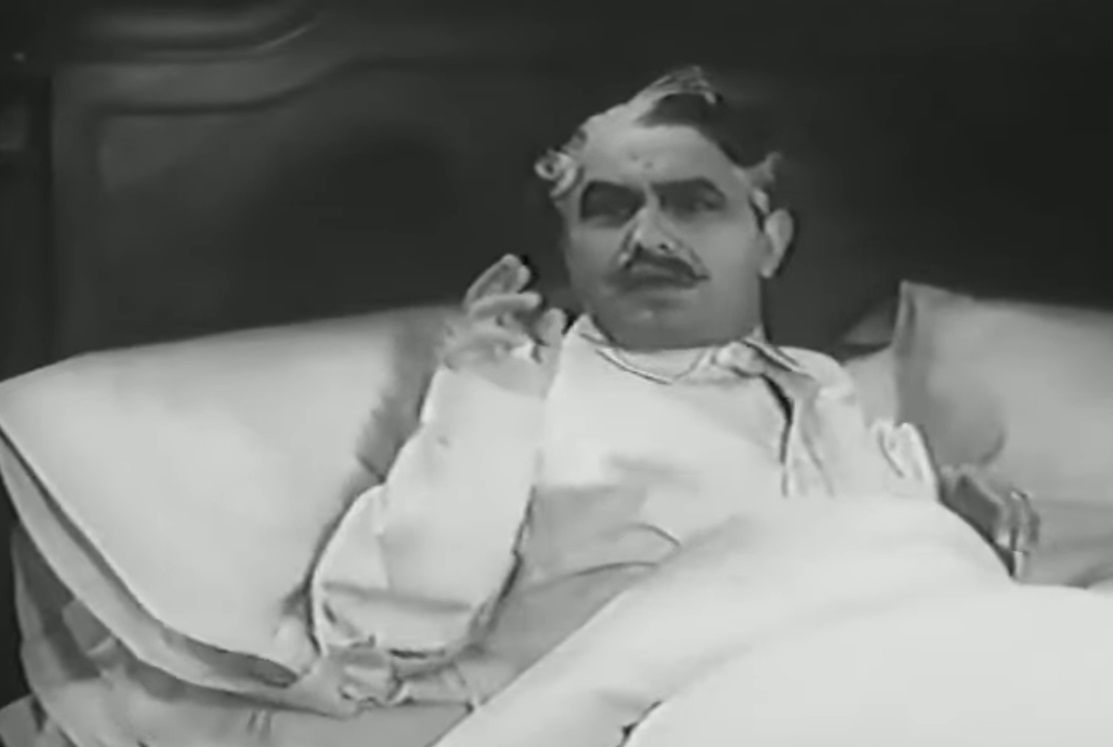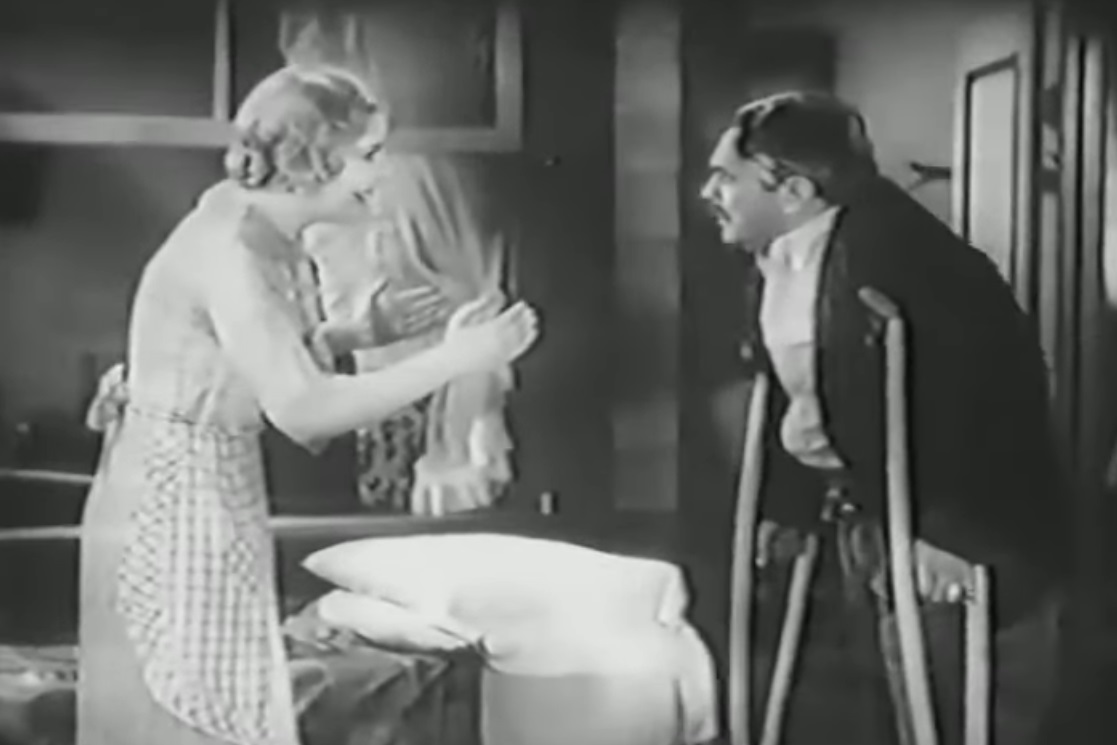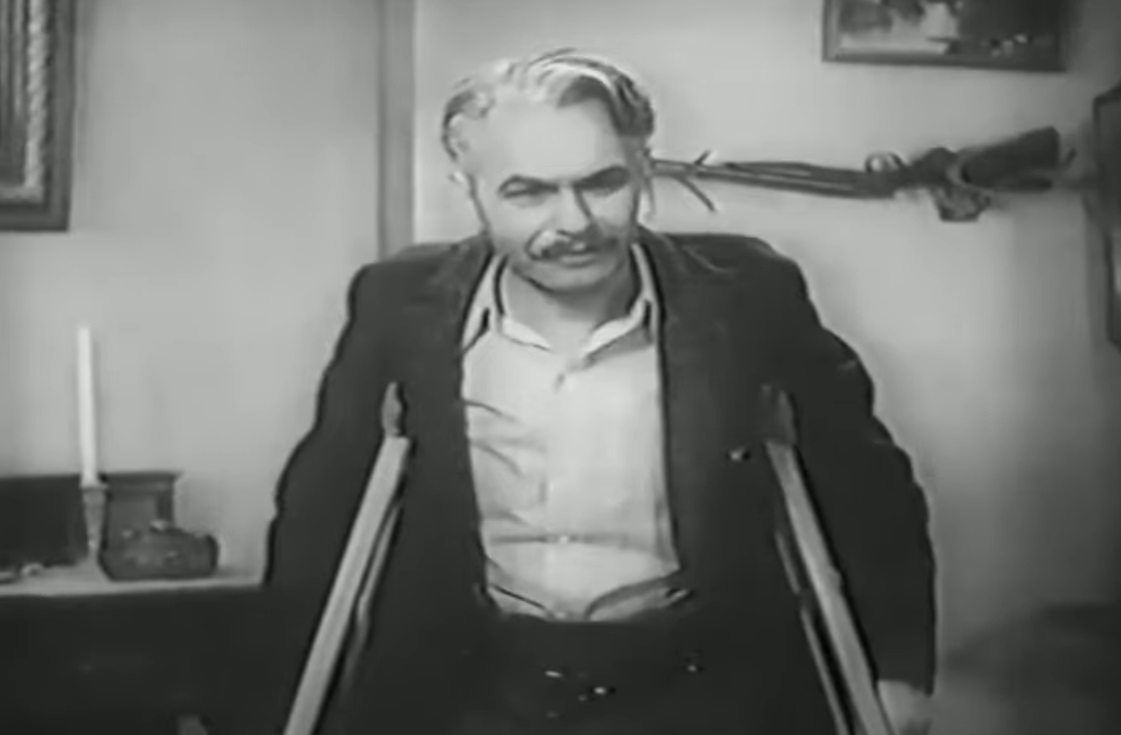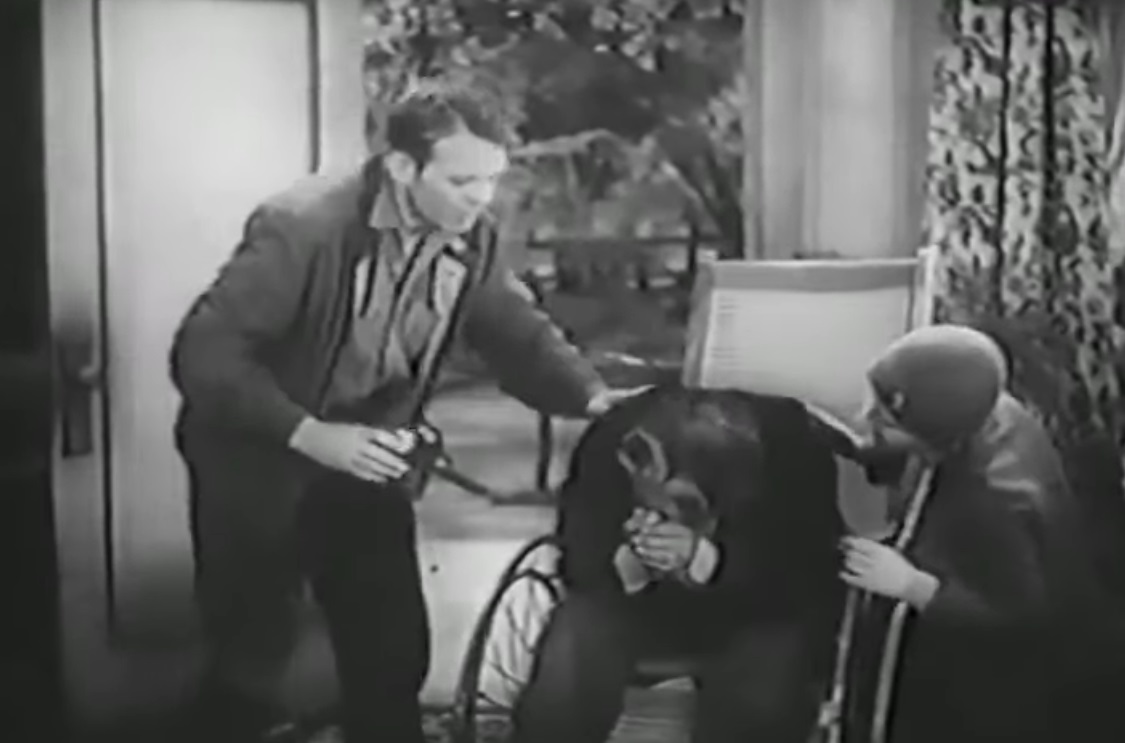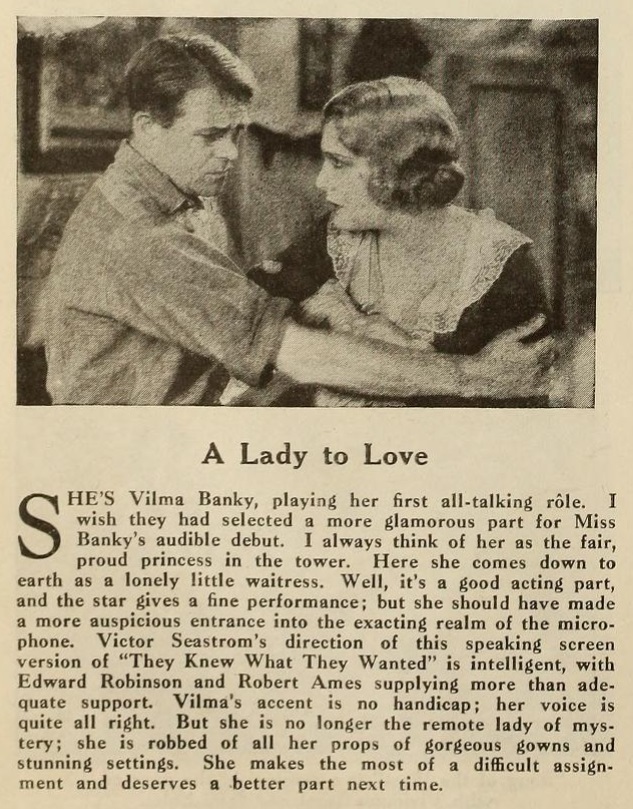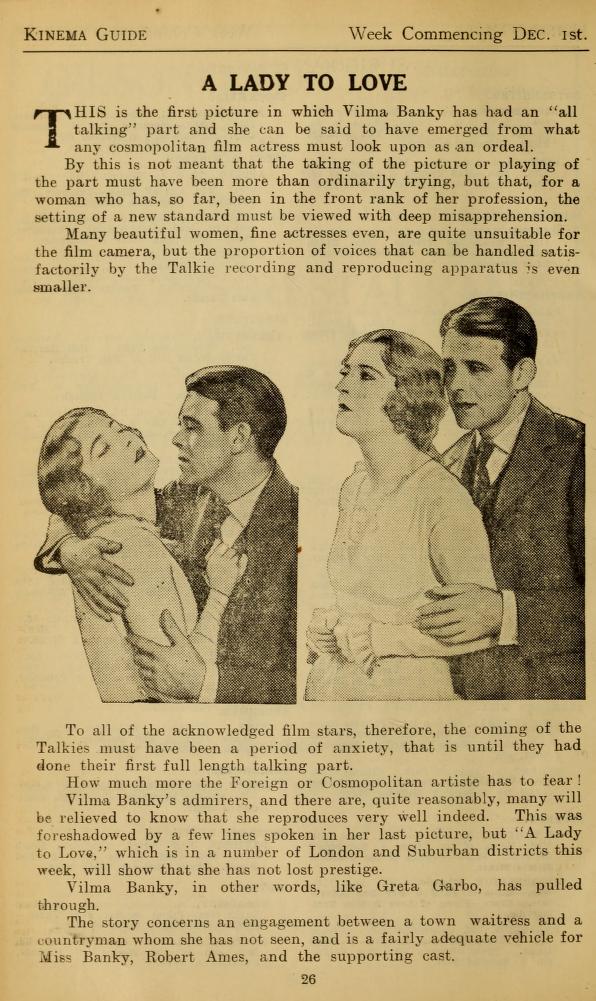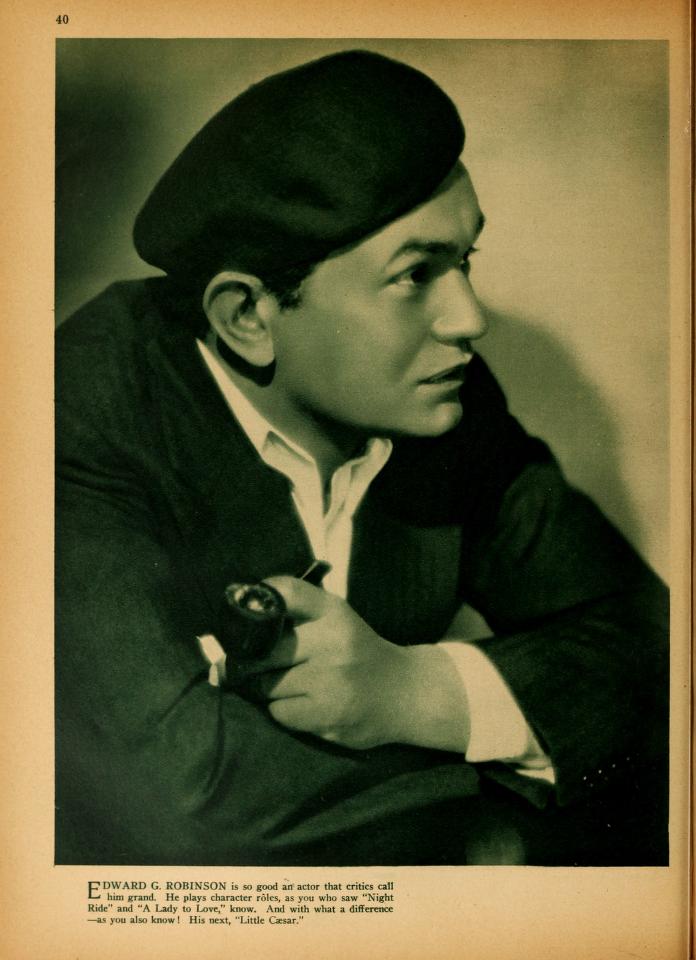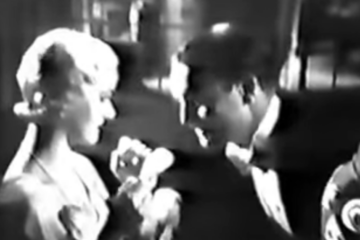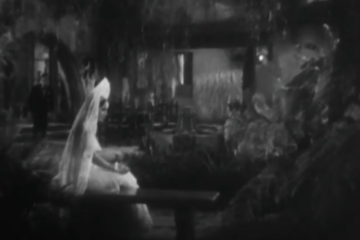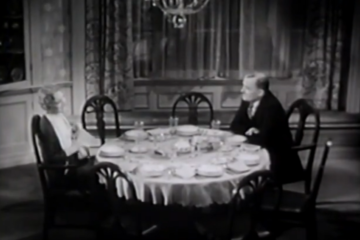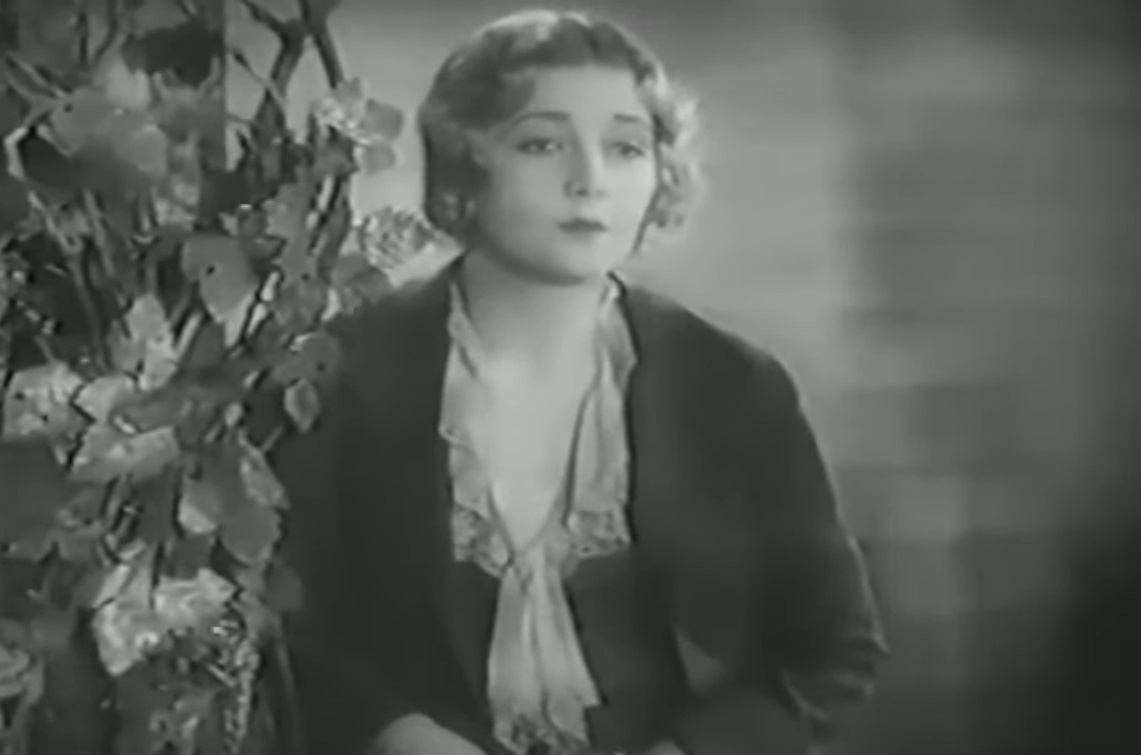 |
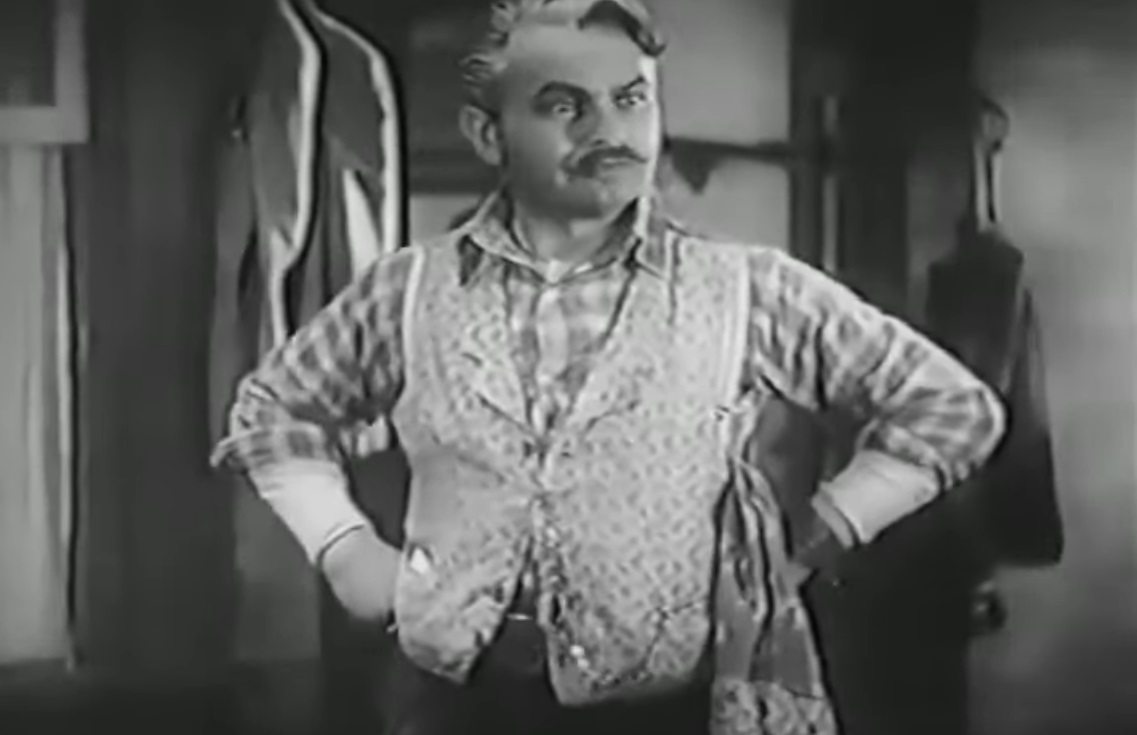 |
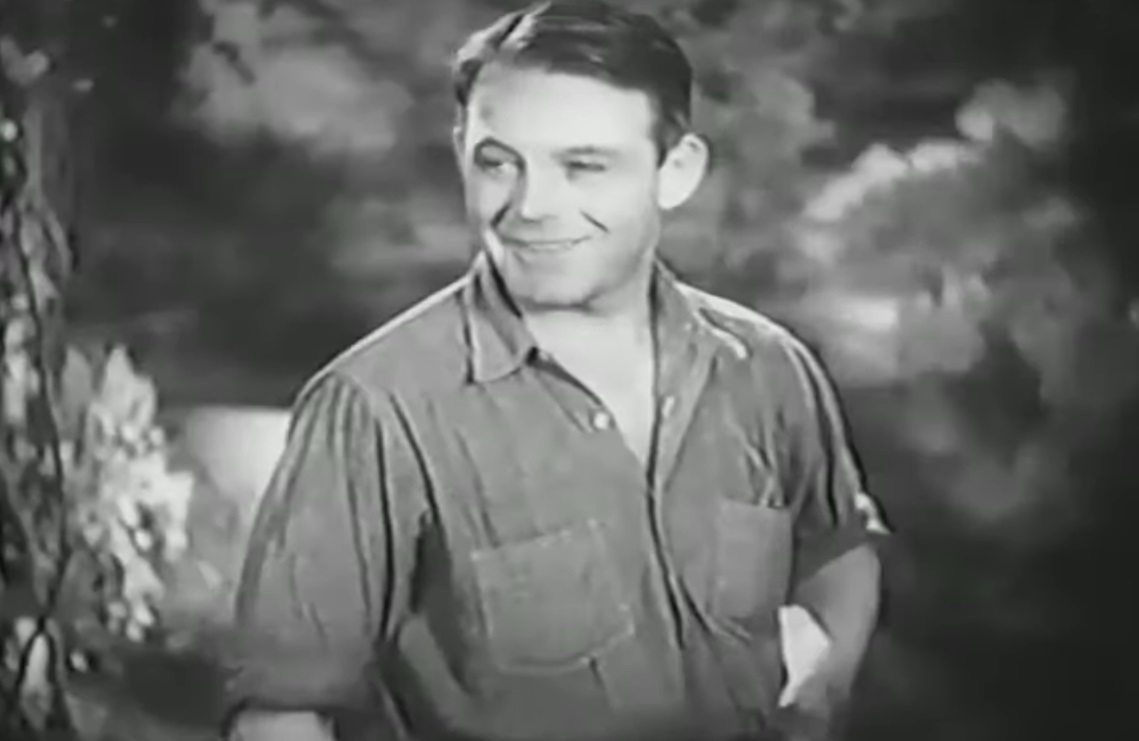 |
| Lena Vilma Bánky |
Tony Edward G. Robinson |
Buck Robert Ames |
| Released by MGM Directed by Victor Sjöström Run time: 92 minutes |
||
Proof That It’s a Pre-Code Film
- Tony isn’t so good with words but can cravenly outline what exactly he wants in a woman.
- Hold onto your hats– Edward G. Robinson sponge bath scene. Don’t worry, here’s the full three minutes for your enjoyment:
- The film’s central conflict comes from an extramarital affair; this was toned down from the stage version to attempt to appeal to state censor boards.
A Lady to Love: Our Vines Have Tender Grapes (OF WRATH!)
“No good ever came from an old man marrying a young woman!”
Before watching this film, I did not know Edward G. Robinson could act this much. Frankly, I did not know anyone could act as much as he does in this production.
Playing an older Italian vinter in Napa Valley named Tony with an accent that could only be described as “Chico Marx on speed”, Robinson is the most lively thing in the stodgy drama A Lady to Love. His Tony has decided to marry because he wants to get laid and heads to San Francisco to pick out a bride. Rather than the usual courtship, he sees a waitress he likes– Lena (Bánky)– and heads home to write her a letter. Feeling that she might not be that enchanted with his appearance, he substitutes his photograph for that of his handsome philandering foreman, Buck (Ames).
Well, Lena arrives thinking she’s marrying Buck, only to learn it’s actually the very, very acting Tony that she is to wed. Tony had also gotten in a nasty automobile accident and is in a wheelchair for the immediate future. Out of desperation she agrees to the marriage, but she spends her wedding night in Buck’s arms.
Buck retreats, and Lena eventually grows to love Tony as she nurses him back to health. But then Buck returns! And now he’s really mean, threatening to expose their affair if Lena doesn’t make love to him again. Pearls are clutched, acting is acted, but we end on a note of joy, if, maybe, just because the film has ended.
An astoundingly drawn out 92 minutes, A Lady to Love is another pre-Code film that deals with marital infidelity. The plot, which contorts in several unlikely directions, take a backseat to Robinson’s acting. Now, 1930 was undoubtedly a time for big acting– the camera can’t move very much, so it can’t escape. If everyone else in the film is subdued to the point of somnambulism, at least big acting can keep the audience awake.
That’s not to say that big acting is good acting; Robinson never really finds any character notes that aren’t spelled out in “mamma mia, it’s-a-me, Mario” language. If Robinson had starred in Whatever Happened to Baby Jane?, this is the film they would have drawn upon to show his failed Hollywood career. Meanwhle, Ames is handsome in a charmless sort of way, while Bánky sounds a bit like Garbo with a few marbles in her mouth. Bánky, best known for her roles opposite Valentino in The Son of the Sheik and The Eagle, has a heartbreaking sort of character to play here, but she lacks to power to connect.
Part of this has to be attributed to the dated filmmaking. Director Victor Sjöström, who had made the unquestionable masterpiece The Wind only a few years earlier, gets nothing from this film. The clunkiness of early sound technology leaves him with a few rote camera angles which almost become predictable after a certain point. It’s surprisingly pedestrian for such a talented filmmaker, demonstrating again just how rocky and deadening the transition to talkies were to filmmakers of a certain breed.
There isn’t much to recommend in A Lady to Love, though I will say that it’s an interesting attempt to capture the experiences of immigrants and the unpleasant situations they’re forced into. Lena’s childhood in Switzerland is fondly recalled and discussed, while Tony’s own Italian culture is reflected in his worker and friends; then Buck shows up as the shiftless American, uncaring about any of this, only eager to indulge in his own pleasures. Tony and Lena must overcome their own misgivings and disparate backgrounds to survive, an amalgam of their new country and old ones.
There. I said something nice.
Screen Capture Gallery
Click to enlarge and browse. Please feel free to reuse with credit!
Other Reviews, Trivia, and Links
- Vilma Banky’s last American film. Victor Sjostrom’s last American feature. Actor Robert Ames would die in 1931 from alcohol withdrawal. Robinson… went on to better things.
- Based on a play by Sidney Howard, The Secret Hour. It was previously filmed with Pola Negri in the lead in 1928 (two whole years earlier!), and would be remade in 1940 as They Knew What They Wanted with Carole Lombard and Charles Laughton.
- Mordaunt Hall in the New York Times praises Robinson but finds the rest lacking:
The poignant story of a waitress’s courtship by mail and her subsequent marriage to an Italian grape-grower, as told originally by Sidney Howard on the stage in “They Knew What They Wanted,” is presented on the audible screen of the Capitol with at least one performance, that of Edward G. Robinson, arising out of the mist of only fair direction, and a striving by the other players toward realism that just misses being excellent. […] The picture lacks a pictorial mobility, but its range of acting, as offered by Mr. Robinson, from the lightest humor of emotions, as depicted during the scene when he discovers himself forsaken by his loved ones, is most gratifying.
- Variety’s review concentrates on how much of the film’s dialogue has been broadened to get the affair between Lena and Buck by state censor boards. “There seems little that the censors can do outside of possibly cutting a brief scene[.]” They also add about Robinson, “Former legit actor has evidently been allowed considerable latitude. Versatile guy.”
- Kinema Guide talks about Banky’s transition to talkies:
- Lastly, here’s a glamor shot of ol’ Eddie G., having a good smoke after chewing down some scenery:
Awards, Accolades & Availability
- This film is currently unavailable on home video, though I caught it over at YouTube.
More Pre-Code to Explore
 |
 |
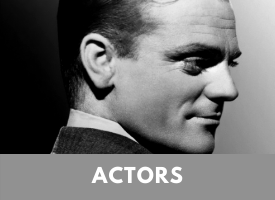 |
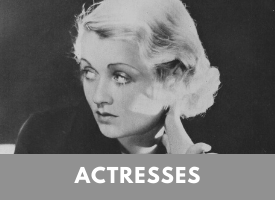 |
 |
 |

